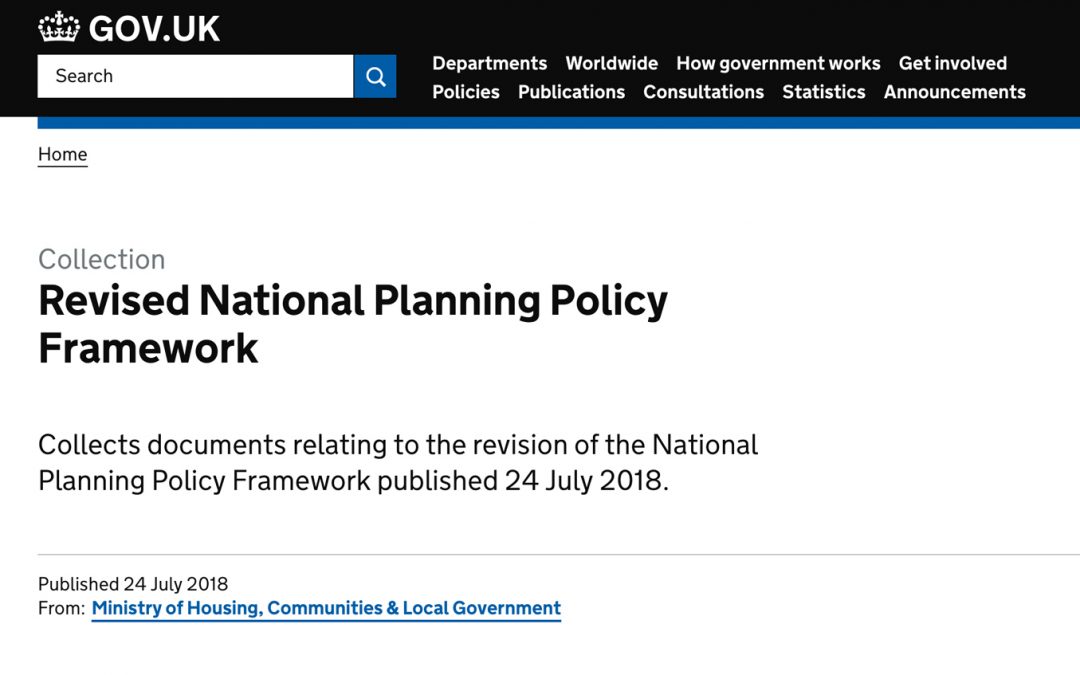2018 National Planning Policy Framework
Geoenvironmental • Geotechnical • Industry matters • Regulation
The revised National Planning Policy Framework (NPPF) was published on 24 July 2018 and sets out the government’s planning policies for England and how these are expected to be applied. This revised framework replaces the previous National Planning Policy Framework published in March 2012.
From a Geotechnical and Geoenvironmental perspective, the changes are more subtle than radical. The largest change in top level policy is a greater emphasis on utilising ‘previously developed land’ or to give it its popular term, ‘Brownfield’ sites. This is significant because of the probability that former use resulted in ground contamination.
Chapter 11 (Making Effective Use of Land) of the NPPF 2018 outlines the policy. The government expects strategic policies to set out a clear strategy for making as much use as possible of previously developed land. It also sets out how planning policies and decisions should make more intensive use of existing land and buildings, especially where it would help to meet housing need. Planning policies should promote and support development of under utilised land and buildings. This includes converting space above shops, building on or above service yards, car parks and on former railway infrastructure land. They should support opportunities for upward extensions above existing residential and commercial premises for new homes.
With the likelihood that increasing amounts of previously developed land will be earmarked for re-development, particularly for new homes, site investigation to identify contaminants and correct remediation where required must meet the standards defined in the NPPF. The Framework contains two key definitions:
A competent person (to prepare site investigation information): A person with a recognised relevant qualification, sufficient experience in dealing with the type(s) of pollution or land instability, and membership of a relevant professional organisation.
Site investigation information: Includes a risk assessment of land potentially affected by contamination, or ground stability and slope stability reports, as appropriate. All investigations of land potentially affected by contamination should be carried out in accordance with established procedures (such as BS10175 Investigation of Potentially Contaminated Sites Code of Practice).
Paragraph 120 of the NPPF 2018 states that where a site is affected by contamination or land stability issues, responsibility for securing a safe development rests with the developer and/or landowner. This means they are required to engage the services of an organisation holding all the relevant competencies like Ground & Water.
Chapter 14 of the new National Planning Policy Framework addresses ‘Meeting the Challenge of Climate Change, Flooding and Coastal Change.’ It clarifies that plans should have regard to the cumulative impacts of flood risk, rather than just to or from individual development sites and clarifies policy on the exception test that may need to be applied when considering development in locations at risk of flooding. Ground & Water specialises in flood risk assessments and can help in this area.
The new NPPF can be found HERE. If you need guidance on the Geotechnical and Geoenvironmental implications of the new government planning policy, contact Ground & Water today.
